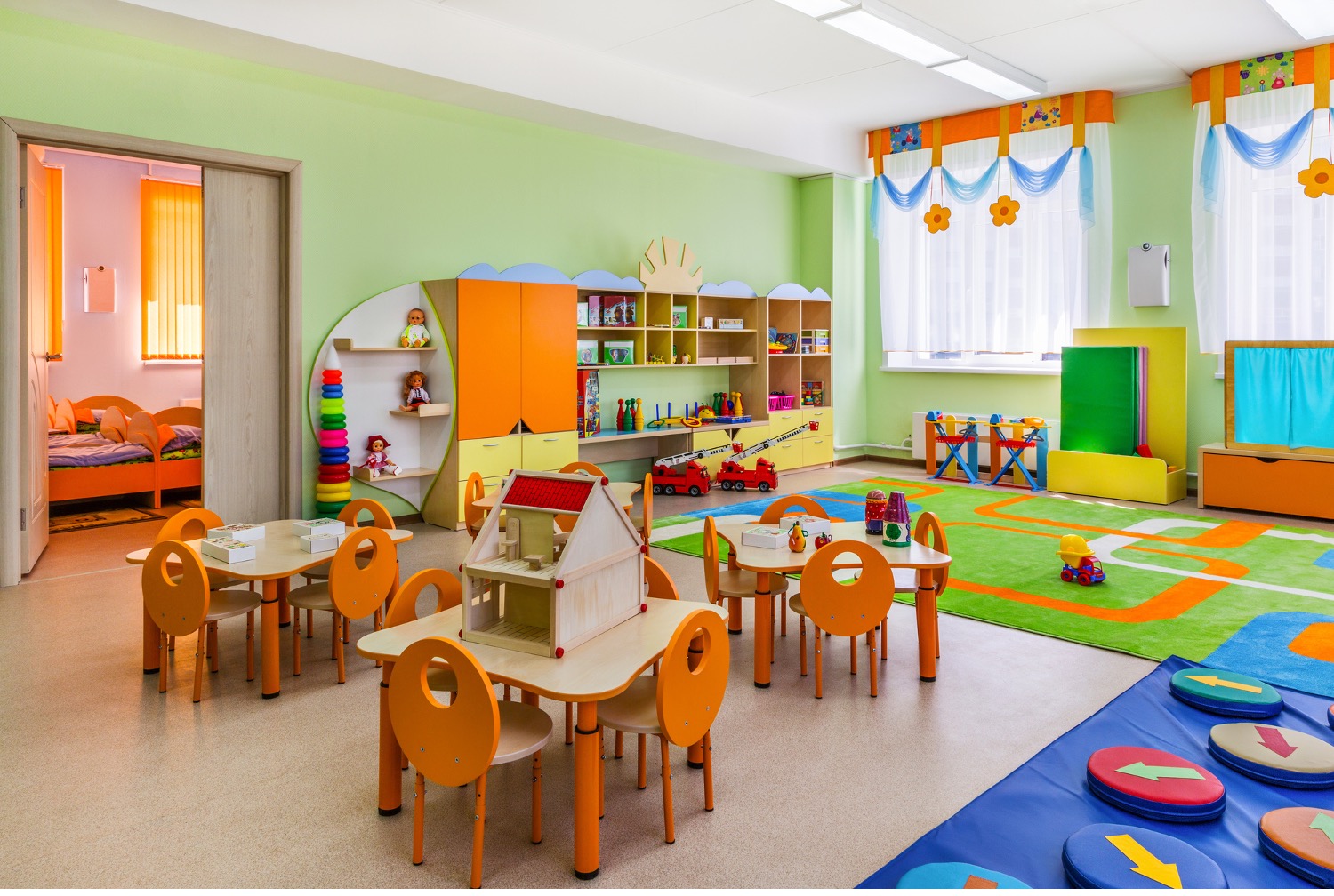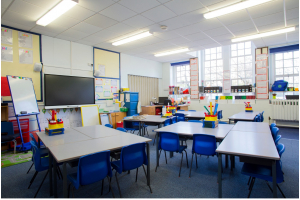How To Arrange Furniture That Supports Active Learning In School

How To Arrange Furniture That Supports Active Learning In School


Active learning emphasizes student engagement and participation in the learning process. It involves various techniques like group work, discussions, problem-solving activities, and hands-on projects. Educators are now increasingly recognizing its benefits over traditional classroom instruction.
But how will you achieve active learning? First, you must decide which activities and tasks can be handled through this method. You can then design the classroom and adjust the seating arrangement accordingly.
That said, here are some tips on how to arrange furniture that supports active learning in schools:
1. Select The Right Furniture
To create a thriving and active learning environment, it’s best to select suitable chairs and tables. In choosing the right active learning furniture, you may consider the factors below:
- Flexibility: The furniture should be flexible enough to adapt to different learning activities and teaching styles. Look for furniture that can be easily rearranged and reconfigured to accommodate different group sizes.
- Durability: Such learning environments involve regular use and movement, making it essential to invest in durable furniture. The materials that can withstand wear and tear include metal, high-quality plastic, and solid wood. You can also consider mobility by choosing materials that are durable but lightweight. Adding casters or wheels on chairs and tables can enhance their mobility.
- Comfort: As mentioned, comfort is vital to better performance. Consider furniture that allows the students to focus and learn effectively. It should be ergonomically designed to provide adequate support. Desks must be appropriate for each user, while the chairs must be adjustable to provide proper lumbar support.
- Collaborative Features: Active learning involves collaboration and teamwork. Purchase or design furniture that facilitates group work and discussion. For example, round tables are suitable for facilitating group discussions, while benches and stools can encourage students to work together.
- Aesthetics: Furniture should also be aesthetically pleasing and fit with the overall design of the classroom. Consider desks and chairs that are visually appealing and come in a range of colours and styles. Attractive furniture can create a positive and inspiring learning environment.
- Ultimately, the design of these items determines the students’ comfort, which also affects their class performance.
2. Use A Variety Of Seating Options
Different students have varying learning styles and preferences regarding furniture. Some enjoy sitting alone, while others prefer doing so in groups. Therefore, an effective active learning classroom design should have various seating options.
It’ll also help accommodate students with different physical needs. For instance, those with back problems may benefit from chairs with lumber support.
Here are some options you can consider:
- Traditional chairs: These can be more comfortable and ergonomic with adjustable height and lumbar support.
- Stools: These are great for creating a more casual and collaborative classroom environment.
- Floor seating: This can provide a more relaxed and comfortable learning environment. Examples of this are beanbags or cushions.
- Standing desks: These can help break up the monotony of sitting and provide a more active learning experience. They can also help to improve posture and reduce back pain.
- Communal tables are designed for group work and discussion. They come in various shapes and sizes and can be easily reconfigured to suit different learning activities.
Each option has pros and cons, so combining some of them in your classroom would be prudent.
3. Arrange Furniture In Clusters
Instead of arranging furniture in rows facing the front of the classroom, consider setting it in clusters or groups. This arrangement allows students to collaborate more efficiently and promotes collaboration and discussion. You can adjust depending on the activity and the needs of the students.
4. Create Flexible Spaces
In active learning childcare or classroom, it’s essential to have flexible spaces that can be easily reconfigured to suit different learning activities. This includes movable walls, portable furniture, and outdoor learning spaces.
Flexible spaces allow students to move around and work in different environments, which can stimulate creativity and engagement.
5. Use Technology To Support Active Learning
Technology can be an excellent tool for supporting active learning in the classroom. Use interactive whiteboards, tablets, or other devices to facilitate group work and collaborative learning. Moreover, ensure that the furniture arrangement supports the use of technology and that enough power outlets and charging stations are available.
Conclusion
Arranging furniture in a way that supports active learning in schools requires careful consideration of the needs and preferences of students. You can improve the classroom environment by providing various seating options and creating flexible spaces.
Using technology to support learning and prioritizing comfort and ergonomics can also help foster collaboration and engagement.


